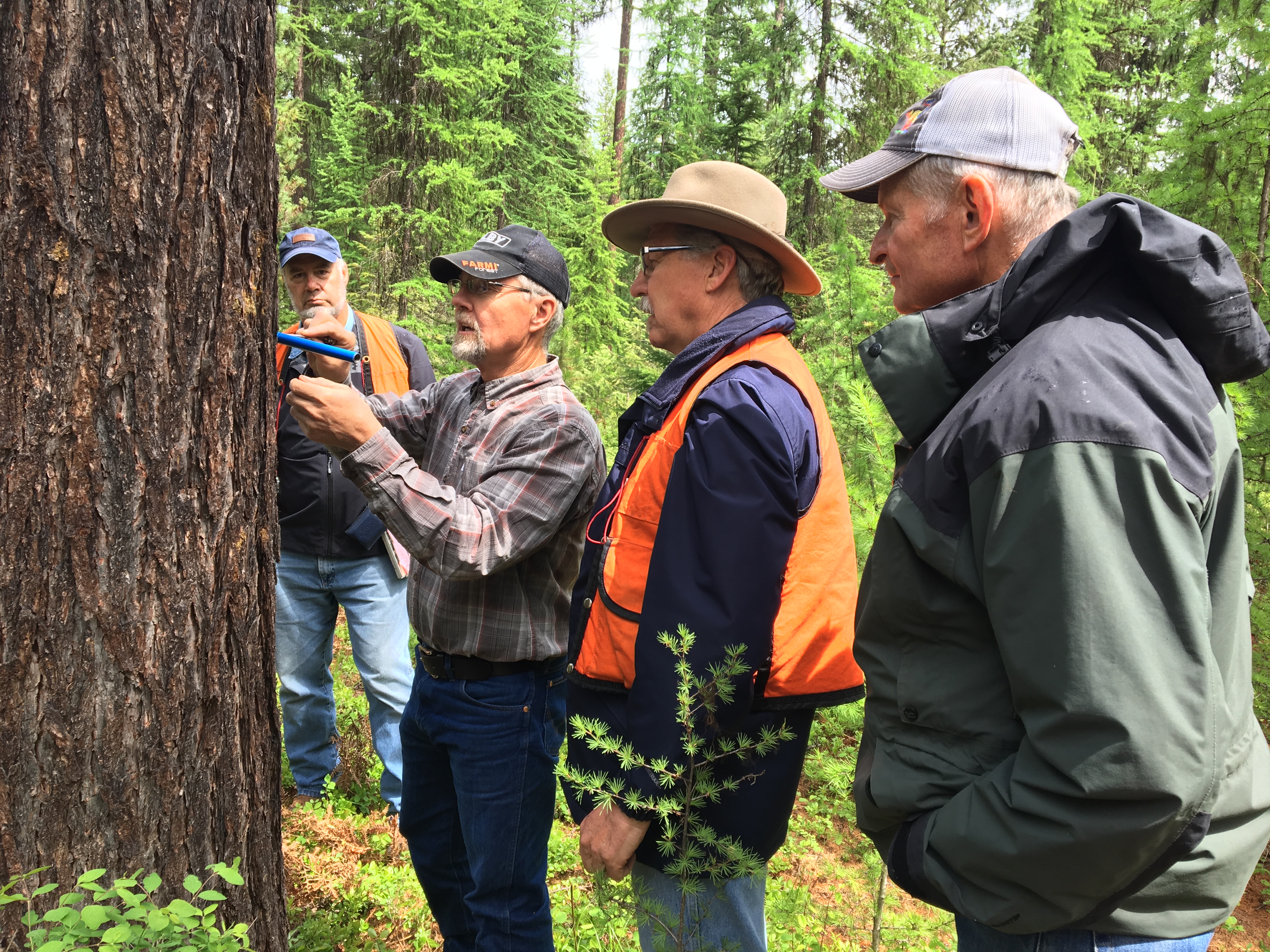
Sanders County
Your Forest Needs You. Forest Stewardship Program offered in Trout Creek.
Published: 2019By Juli Thurston
Montana forests are valued for wildlife, fisheries, livestock grazing, watershed protection, recreation, and wood products. Nearly two-thirds of Montana’s 23 million acres of forest land is publicly owned, mostly by Federal Government agencies. The next largest ownership is Non-Industrial Private Forest (NIPF) landowners. These 50,000+ individuals control over twice the acreage of the forest products industry. NIPF owners and their 3.8 million acres are the focus of the Forest Stewardship Program. Sanders County forest landowners of five acres or more total 1,770 that include in-state and out-of-state residents owning 93,438 acres. The Forest Stewardship Program is coordinated by the MSU Extension Forestry division and supported in part by Sanders County Commission. MSU Extension Forestry operates from the premise that there is a lot landowners can do for themselves if given the know-how. The goal of the program is to help develop a lifelong relationship between a landowner and their property. The program teaches people to observe, measure, gather and classify data. Participants can then assess the trade-offs and consequences of their management activities and make informed decisions. The key is empowering forest landowners with personal knowledge of their property and the basic principles of forestry and environmental management through taking an inventory of their property, setting land user goals and priorities, analyzing resource trade-offs and understanding environmental consequences of stewardship decision as well as completing their own stewardship plan with the motivation to implement stewardship principles. Classes are taught by a team of natural resource professionals throughout Montana with a wide range of expertise. Some specific workshop topics include forest ecology, how to manage fire risk, wildlife habitat enhancement, how to assess and maintain forest health, range/understory vegetation management, how to protect and enhance water quality, but most important where to go for help and resources when needed. Actively managed forests can provide forest health and vigor, stream and wetland protection, natural resource based recreational opportunities, livestock grazing, sustainable wood supply, and income. The Trout Creek workshop held in May of 2019 had 25 participants with a cumulative 3,125 acres. One participant, Melinda said “the forest stewardship workshop provided me with the knowledge and support to be a good steward of my property. The cost share programs and connections I estimate to provide my family a much anticipated income in 2020!”


